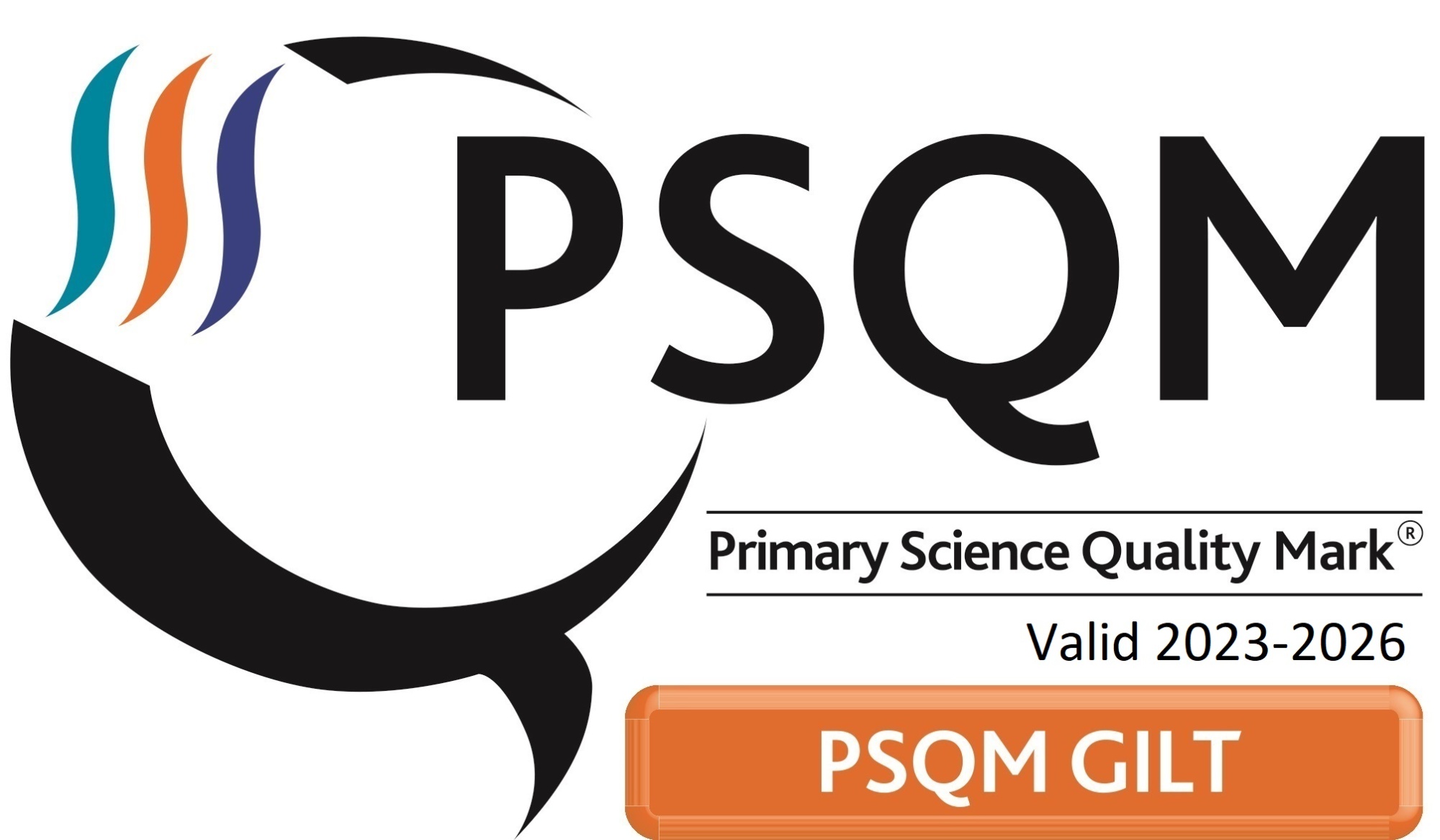Year 2 and Year 6 SATs information
Key Stage 1 - Year 2 SATs Information
All Year 2 children in England take Key Stage 1 SATs in May. These tests include:
- Reading
- English grammar, punctuation and spelling
- Maths
KS1 SATs were overhauled to reflect changes to the national curriculum in 2016.
In September 2017 it was confirmed that the KS1 SATs will be made non-statutory (so schools will be able to choose whether to administer them or not) from 2023. Until then children will continue to be assessed in May during Year 2, although in 2020 and 2021 KS1 SATs did not take place due to the Covid-19 pandemic.
The KS1 SATs are due to be administered in May 2022.
Unlike KS2 SATs, KS1 SATs don't have to be administered according to a nationally-set timetable in a specific week. Schools are free to manage the timetable and will aim to administer the tests in the classroom in a low-stress, low-key way; some children won't even be aware they've taken them!
Key stage 1 - Year 2 Reading test
The reading test for Year 2 pupils is made up of two separate papers:
- Paper 1 consists of a selection of texts totalling 400 to 700 words, with questions interspersed
- Paper 2 comprises a reading booklet of a selection of passages totalling 800 to 1100 words. Children will write their answers in a separate booklet
Each paper is worth 50 per cent of the marks, and should take around 30 minutes, but children are not be strictly timed, as the tests are not intended to assess children’s ability to work at speed. The texts in the reading papers cover a range of fiction, non-fiction and poetry, and get progressively more difficult towards the end of the test.
Teachers have the option to stop the test at any point that they feel is appropriate for a particular child.
Key stage 1 - Year 2 grammar, spelling, and punctuation test
Children taking Key Stage 1 SATs may also sit two separate papers in grammar, spelling and punctuation:
- Paper 1: a 20-word spelling test taking approximately 15 minutes and worth 20 marks.
- Paper 2: a grammar, punctuation and vocabulary test, in two sections of around 10 minutes each (with a break between, if necessary), worth 20 marks. This will involve a mixture of selecting the right answers e.g. through multiple choice, and writing short answers.
In May 2016, following the KS1 SATs spelling paper accidentally being made available on the Department for Education website before the test, Schools Minister Nick Gibb decided the test would be optional in 2016. In 2017 the KS1 GPS test remained optional, so schools could choose whether to administer it to their pupils. This was also the case in 2018 and 2019.
There are a variety of question types:
- Multiple choice
- Ranking / ordering, e.g. ‘Number the events below to show in which order they happened in the story’
- Matching, e.g. ‘Match the character to the job that they do in the story’
- Labelling, e.g. ‘Label the text to show the title’
- Find and copy, e.g. ‘Find and copy one word that shows what the weather was like in the story’
- Short answer, e.g. ‘What does the bear eat?’
- Open-ended answer, e.g. ‘Why did Lucy write the letter to her grandmother? Give two reasons’
Key stage 1 - Year 2 Maths test
The Key Stage 1 maths test is made up of two papers:
- Paper 1: arithmetic, worth 25 marks and taking around 15 minutes.
- Paper 2: mathematical fluency, problem-solving and reasoning, worth 35 marks and taking 35 minutes, with a break if necessary. There are a variety of question types: multiple choice, matching, true / false, constrained (e.g. completing a chart or table; drawing a shape) and less constrained (e.g. where children have to show or explain their method).
Children are not allowed to use any tools such as calculators or number lines.
How are the key stage 1 tests marked?
Although the tests are set externally, they are marked by teachers within the school.
Children are given a scaled score. Their raw score – the actual number of marks they get – is translated into a scaled score, where a score of 100 means the child is working at the expected standard.
A score below 100 indicates that the child needs more support, whereas a score of above 100 suggests the child is working at a higher level than expected for their age. The maximum score possible is 115, and the minimum is 85.
Teacher assessments are also used to build up a picture of your child’s learning and achievements. In addition, your child will receive an overall result saying whether they have achieved the required standard in the tests (your child's actual results won't be communicated to you unless you ask for them).
Practice papers for key stage 1 tests
You can download the previous years official SATs papers for you to practice at home for free here:
https://www.gov.uk/government/collections/national-curriculum-assessments-practice-materials
Key Stage 2 - Year 6 SATs Information
All Year 6 children in England take Key Stage 2 SATs in May. These tests include:
- Reading
- Maths
- Grammar, punctuation and spelling (GPS)
These tests are both set and marked externally, and the results are used to measure the school’s performance (for example, through reporting to Ofsted and published league tables). Your child’s marks will be used in conjunction with teacher assessment to give a broader picture of their attainment.
The KS2 SATs for English and maths taken since 2016 reflect the amended national curriculum, and are more rigorous than previous years' tests. There is also a new SATs marking scheme and grading system which has replaced national curriculum levels.
In 2020 and 2021 KS2 SATs did not take place due to the Covid-19 pandemic. Primary school SATs results will not be published in national league tables until 2023 to reflect the disruption to children's learning.
Key Stage 2 - Year 6 Reading test
The reading test is a single paper with questions based on three passages of text. Your child will have one hour, including reading time, to complete the test.
There will be a selection of question types, including:
- Ranking/ordering, e.g. ‘Number the events below to show the order in which they happen in the story’
- Labelling, e.g. ‘Label the text to show the title of the story’
- Find and copy, e.g. ‘Find and copy one word that suggests what the weather is like in the story’
- Short constructed response, e.g. ‘What does the bear eat?’
- Open-ended response, e.g. ‘Look at the sentence that begins Once upon a time. How does the writer increase the tension throughout this paragraph? Explain fully, referring to the text in your answer.’
Since 2018 the reading content of the KS2 SATs has been closely linked to the curriculum to ensure children are drawing on their knowledge when answering reading comprehension questions.
Key stage 2 - Year 6 Maths test
Children sit three papers in maths:
- Paper 1: arithmetic, 30 minutes
- Papers 2 and 3: reasoning, 40 minutes per paper
Paper 1 will consist of fixed response questions, where children have to give the correct answer to calculations, including long multiplication and division. Papers 2 and 3 will involve a number of question types, including:
- Multiple choice
- True or false
- Constrained questions, e.g. giving the answer to a calculation, drawing a shape or completing a table or chart
- Less constrained questions, where children will have to explain their approach for solving a problem
When will the Key Stage 2 - Year 6 SATs take place?
The year 6 SATs tests will be administered in the week commencing 9th May 2022.
The SATs timetable runs as follows:
Monday
English GPS Paper 1: questions
English grammar, punctuation and spelling Paper 2: spelling
Tuesday
English reading
Wednesday
Mathematics Paper 1: arithmetic
Mathematics Paper 2: reasoning
Thursday
Mathematics Paper 3: reasoning
How will the Key Stage 2 - Year 6 SATs tests be marked?
In Key Stage 2, the papers are marked externally, with no teacher assessment involved. Each child receives a raw score (though you probably won't be given it as a parent), a scaled score, and confirmation of whether or not they achieved the national standard.
You will be given your child’s scaled score and whether they have reached the expected standard set by the Department for Education (‘NS’ means that the expected standard was not achieved and ‘AS’ means the expected standard was achieved).
The range of scaled scores available for each KS2 test is:
- 80 (the lowest scaled score that can be awarded)
- 120 (the highest scaled score)
The expected standard for each test is a scaled score of 100 or more. If a child is awarded a scaled score of 99 or less they won't have achieved the expected standard in the test.
The Department for Education expects at least 65 per cent of children to reach the expected standard (the figure was initially 85 per cent but has been revised).
Practice papers for key stage 2 - Year 6 SATs
Your child will have spent a large proportion of this year preparing for these tests in School and will benefit form all extra support you can offer at home too.
You can download the previous years official SATs papers for you to practice at home for free here:
https://www.gov.uk/government/collections/national-curriculum-assessments-practice-materials
Future dates for key stage 1 and key stage 2 tests (commonly referred to as SATs), phonics screening check, multiplication tables check and reception baseline assessment can be found here:
https://www.gov.uk/guidance/primary-assessments-future-dates









